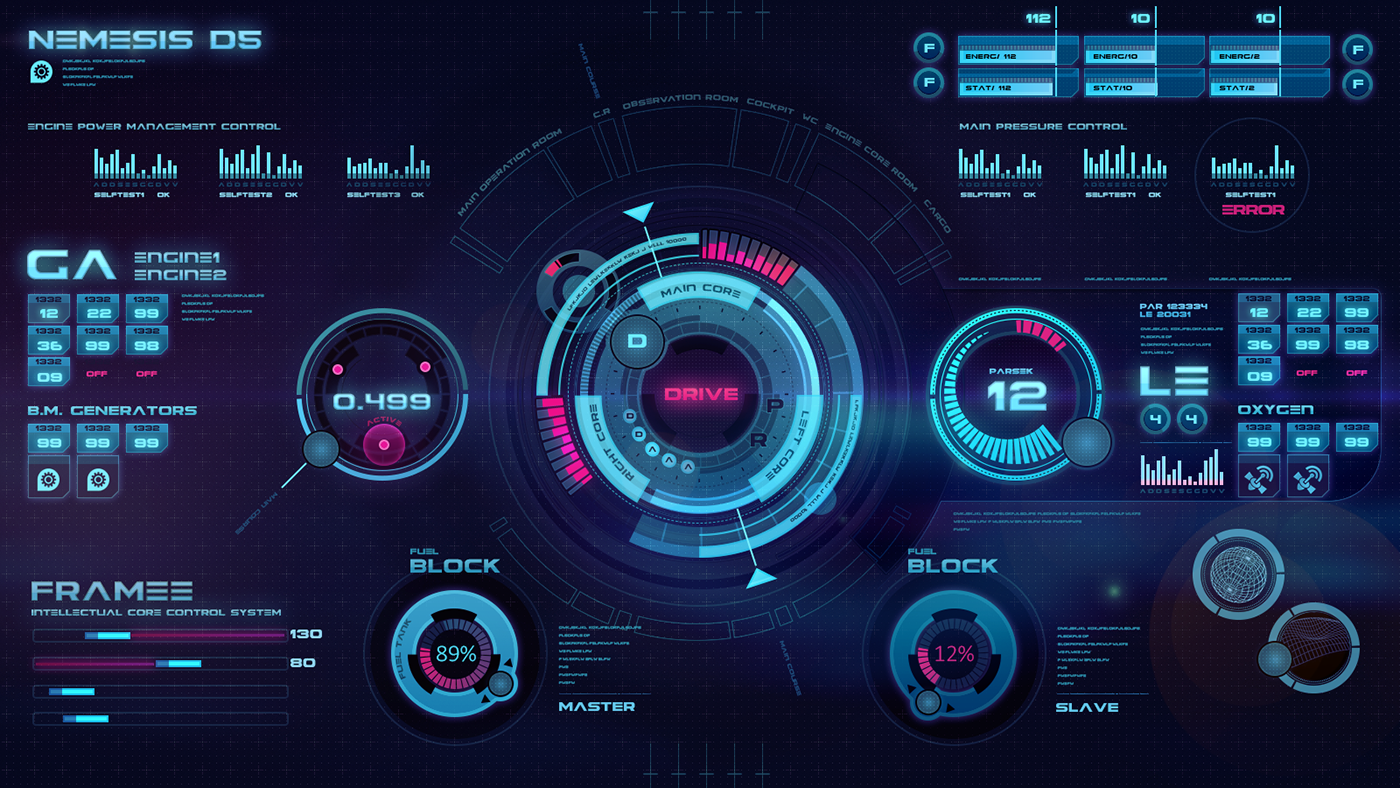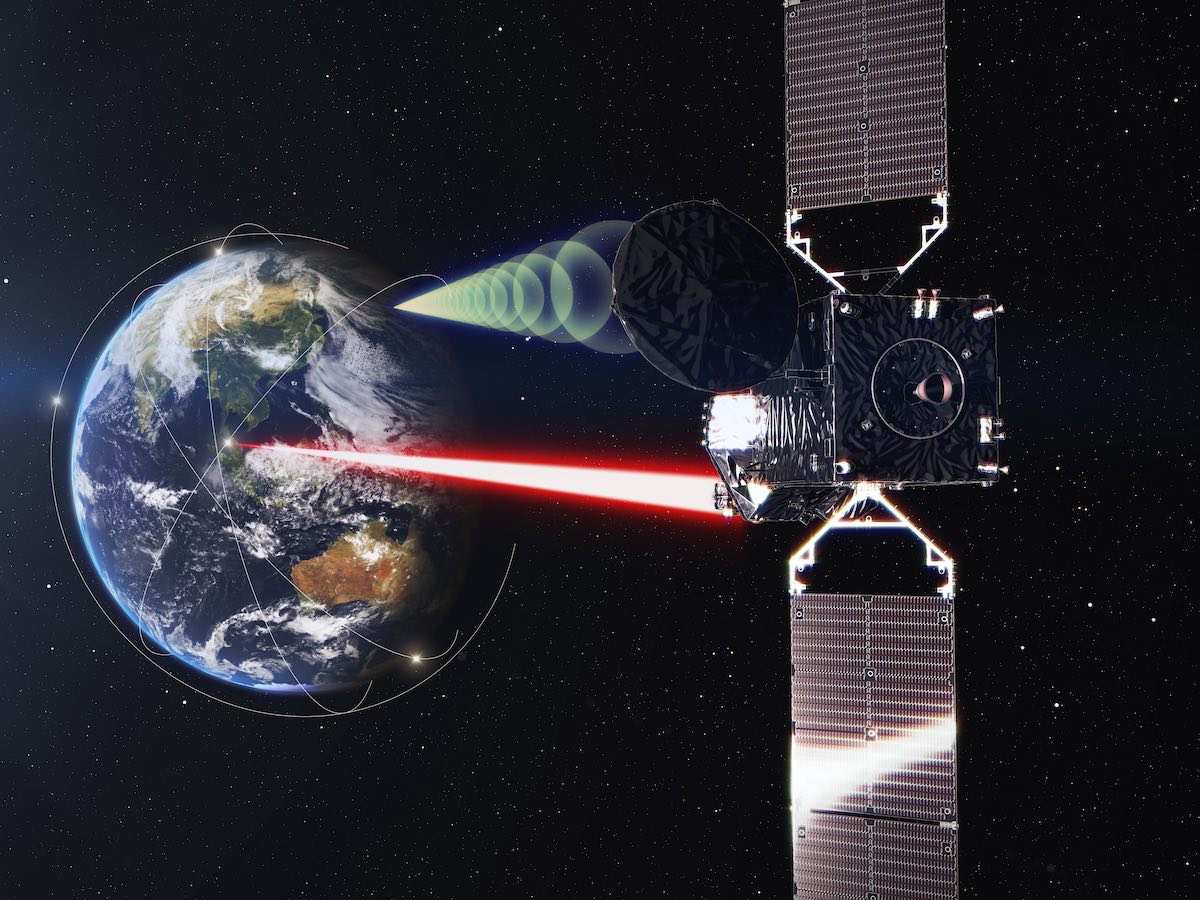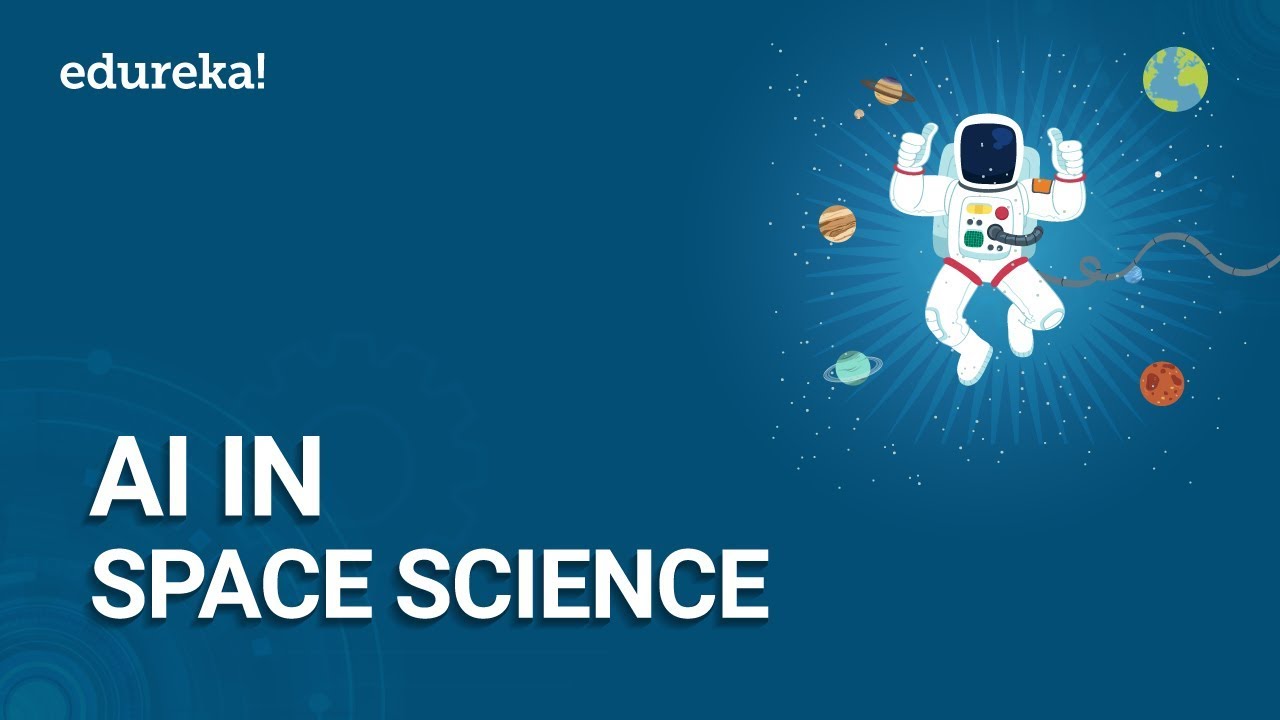The Future of Artificial Intelligence in Space Exploration
In recent years, Artificial Intelligence (AI) has played a pivotal role in industries ranging from healthcare to automotive design. However, one of the most captivating applications of AI is now unfolding in the realm of space exploration. As we venture deeper into the cosmos, AI is not just a tool; it’s becoming a crucial crew member on our journey to the stars. My firm, DBGM Consulting, Inc., has been closely monitoring these advancements, noting the significant impact they have on both technology and ethics in space exploration.
AI’s Role in Recent Space Missions
One cannot talk about the future of space exploration without acknowledging the groundwork laid by AI in recent missions. The advent of machine learning models has enabled space agencies to process vast amounts of data from telescopes and spacecraft, identifying celestial objects and phenomena quicker than ever before. This capability was vividly demonstrated in the deployment of QueryPanda and Query2DataFrame toolkits, which revolutionized data handling in machine learning projects related to space (Davidmaiolo.com).
< >
>
Moreover, AI-driven robots, akin to the ones I worked on during my graduate studies at Harvard University, are now integral to planetary exploration. These robots can navigate harsh terrains, collect samples, and even conduct experiments autonomously. This independence is crucial for exploring environments hostile to human life, such as the surface of Mars or the icy moons of Jupiter and Saturn.
Enhancing Communication and Problem-Solving
One of the persistent challenges in space exploration is the time delay in communications between Earth and distant spacecraft. AI algorithms are mitigating this issue by empowering spacecraft with decision-making capabilities. These intelligent systems can identify and respond to potential problems in real-time, rather than waiting for instructions from Earth—a feature that proved invaluable in the Counterterrorism Strategy and Technology project against satellite threats posed by hostile entities (Davidmaiolo.com).
< >
>
Moral and Ethical Considerations
As AI becomes more autonomous, questions of morality and ethics inevitably surface. These concerns are not just theoretical but have real implications for how we conduct space exploration. For example, should an AI prioritize the safety of its human crew over the mission’s success? How do we ensure that AI respects the extraterrestrial environments we aim to explore? My perspective, shaped by skepticism and a demand for evidence, champions the development of ethical AI frameworks that protect both humans and celestial bodies alike.
Cultivating AI for Future Generations
Preparing the next generation of scientists, engineers, and explorers for this AI-assisted future is paramount. It involves not only teaching them the technical skills needed to develop and manage AI systems but also instilling a deep understanding of the ethical considerations at play. Through workshops and educational programs, like those offered by DBGM Consulting, Inc., we can nurture a generation equipped to harness AI’s potential responsibly and innovatively.
< >
>
<
>
Conclusion
The fusion of AI with space exploration is not just transforming how we explore the cosmos; it’s redefining the boundaries of what’s possible. As we look to the stars, AI will be by our side, guiding us, solving problems, and perhaps, helping us answer the age-old question: Are we alone in the universe? The journey is only beginning, and the potential is limitless. Let’s navigate this new frontier with caution, creativity, and a deep respect for the unknown.
Focus Keyphrase: AI in Space Exploration